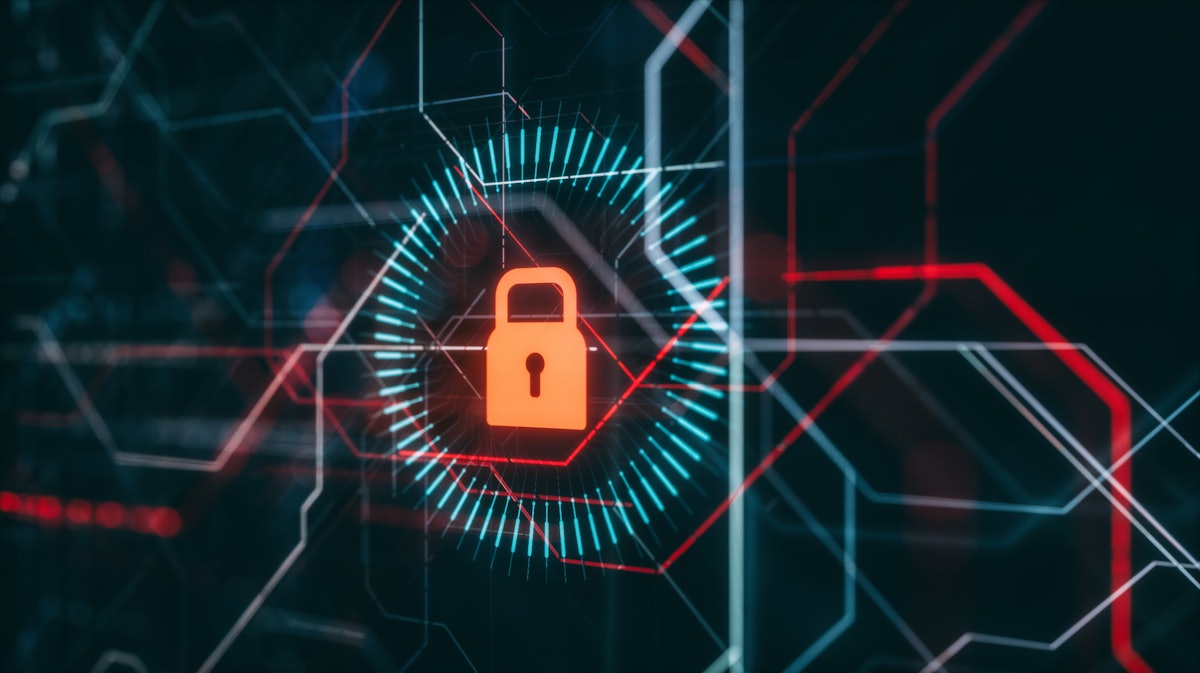Data resilience in the age of ransomware: Elastio tackles complex cyber threats
Cyber threats have become extremely prevalent today and are growing increasingly complex. Ransomware is now a household word and is no longer something that organizations can ignore.
Enter startup Elastio Software Inc., which was founded by the team behind AppAssure, a backup and recovery software application that was acquired by Dell Software Group in 2012. What AppAssure did very well was figure out how to recover from corrupted data, according to Najaf Husain (pictured), founder and chief executive officer of Elastio.
“In those days, it was Exchange, Microsoft SQL. You remember those days, when Exchange went down, I mean, the company was done. You couldn’t communicate,” he said. “That was a big problem. So, we did so well there, as we were able to understand the data and if it was clean or not. And we could do that early and often so the customer can understand if they were vulnerable or not.”
Husain spoke with theCUBE industry analyst Lisa Martin, during a CUBE Conversation ahead of the “Cybersecurity” AWS Startup Showcase event on September 14, an exclusive broadcast on theCUBE, SiliconANGLE Media’s livestreaming studio. They discussed the Elastio platform and the importance of a data resilience strategy. (* Disclosure below.)
Running after the issue
Circa 2020, when Elastio was founded, the company shifted its focus to cyber, given the fact that cyber threats are so prevalent now. The company spent a lot of time focused on the cloud, and everything it does is cloud-native, according to Husain.
“We really drilled inside of these cyber threats to understand how they can corrupt the data. We spent three years kind of reverse engineering all the known ransomware out there, 1,800-plus of them, created some very interesting machine learning engines, some data integrity scanning engines to go solve that problem,” Husain said. “We founded in 2020 to go run after that issue.”
Today, there are two components to the Elastio platform: protecting data and making it immutable, plus making sure it is scanned, clean and recoverable. In June, the company announced an oversubscribed $18 million Series A investment led by Venture Guides, with participation…



